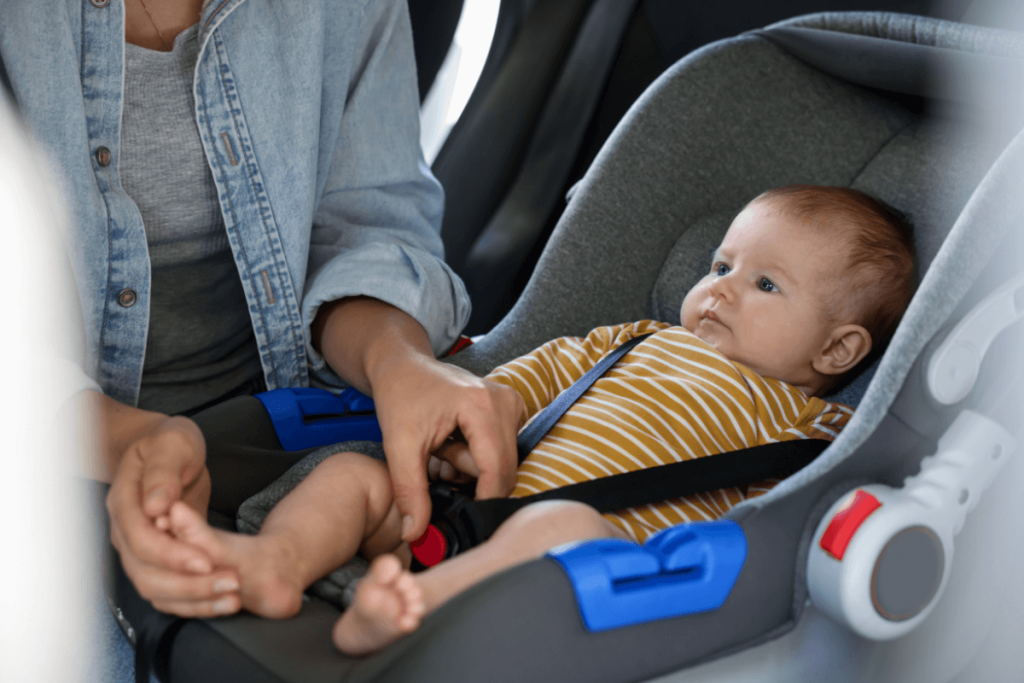
Motor vehicle collisions are a leading cause of injury and death in children in the U.S. This highlights the necessity of proper and consistent usage of child restraint systems (CRSs). While adherence to American Academy of Pediatrics (AAP) standards can reduce crash-related injuries and fatalities by 45 to 90%, compliance remains inadequate. According to 2022 data, 14% of children aged 1 to 3 years and over half of those aged 6 to 7 years were either incorrectly transferred to less protective restraints or remained unrestrained. Researchers have developed methods such as Big Deal, Cuídame Bien (TCBD/ABCB), Tiny Cargo, and Abróchame Bien, which combine motivational interviewing (MI) and mobile health (mHealth) approaches. This study employed a sequential, multiple assignment, and randomized trial (SMART) design to assess the effectiveness of these interventions compared to enhanced usual care (EUC).
This study aimed to evaluate the effectiveness of the TCBD/ABCB method in improving adherence to AAP child passenger safety guidelines at 6 months compared to EUC. It also assessed the effect of an intensified intervention, including a second MI session and text message support, on caregivers who remained nonadherent at 6 months. The trial evaluated maintenance effects at 12 months.
Caregivers of children in all CRS models were recruited from the Midwestern metropolitan area after emergency department or urgent care visits. Eligibility screening was broad, but only about 11% of families responded. Approximately 900 participants were targeted, based on power calculations with an α of 0.05 and an 80% retention rate, to detect the difference between 28% adherence in the intervention group and 17% in the EUC group. Randomization was stratified by child weight and age. Adherence outcomes were evaluated using blinded coding of photographs submitted by participants. Due to the nature of the intervention, MI counselors, research coordinators, and caregivers were not blinded, but the outcome adjudication was masked to group assignment.
The study compared six-month adherence between basic TCBD/ABCB and EUC groups with rerandomization at 12 months. Guideline adherence was compared between the high-intensity intervention arm and EUC. Maintenance effects were examined by comparing 12-month outcomes among phase 1 TCBD/ABCB participants who were guideline adherent at 6 months with those in the EUC group. Logistic regression models were applied to evaluate associations with results expressed as marginal effects. Statistical analyses treated participants lost to follow-up as nonadherent. Statistical analysis was performed using Stata 18.0, with p-values set at < 0.05 considered significant.
Results indicated that TCBD/ABCB significantly improved guideline adherence at 6 months compared with EUC, supporting the primary hypothesis. The intervention demonstrated lasting effects at 12 months among participants who were adherent at 6 months and continued to receive mHealth reinforcement. The secondary hypothesis that a higher-intensity phase 2 intervention would lead to increased adherence among initially nonadherent caregivers was not supported. Adherence rates at 12 months showed no difference between the high-intensity TCBD/ABCB and EUC groups, suggesting that a subset of caregivers remained resistant to behavioral change despite additional support. These findings suggest heterogeneity in caregiver readiness, with one group showing early and sustained change, and another resistant to adopting safety guidelines.
The TCBD/ABCB is a unique intervention in combining tailored MI, longitudinal mHealth engagement, and inclusion of children across all CRS modes. These findings align with prior evidence that MI-based interventions can improve health behaviors and caregiver confidence. Unlike previous interventions that focused solely on booster seats, TCBD/ABCB engaged caregivers across the full spectrum of CRS needs and sustained improvements beyond six months. Limitations include reduced generalizability due to the single metropolitan setting, potential effects of the COVID-19 pandemic on travel and participation, potential response, and social desirability bias.
Overall, the TCBD/ABCB method majorly improved caregiver adherence to child passenger safety guidelines, with effects continuing up to 12 months among initially adherent families. This precision prevention model can be integrated into emergency care and pediatric systems to address the gaps in the use of CRS. Additional strategies are needed for families resistant to change. Multifaceted approaches remain essential to reduce preventable child injuries and fatalities from motor vehicle collisions.
Reference: Macy ML, Pollock B, Kendi S, et al. Multimodal Intervention and Child Passenger Safety Guideline Adherence in Young Children: A Sequential, Multiple-Assignment, Randomized Clinical Trial. JAMA Netw Open. 2025;8(9):e2533912. doi:10.1001/jamanetworkopen.2025.33912














